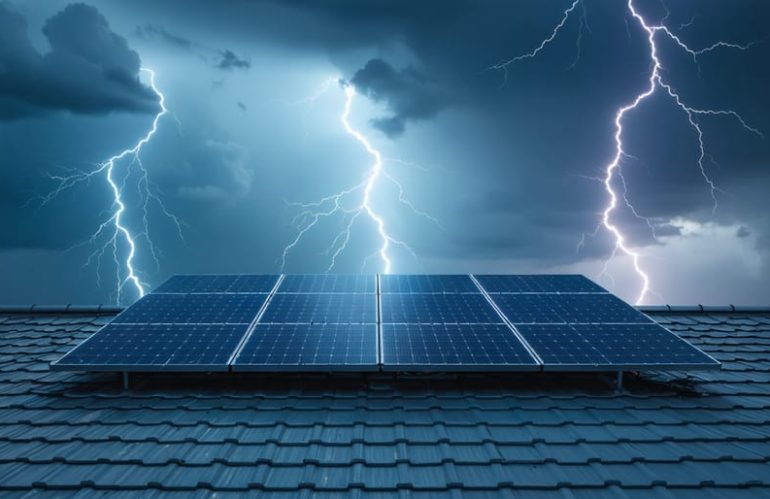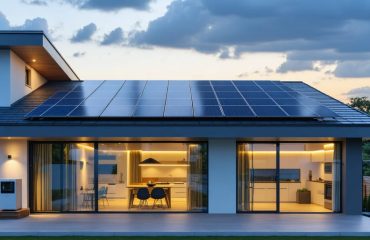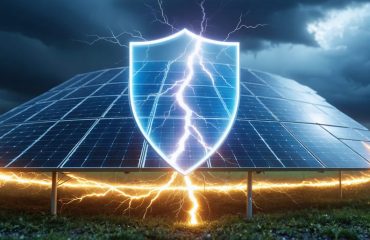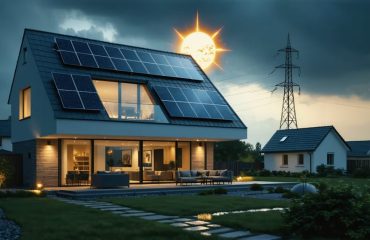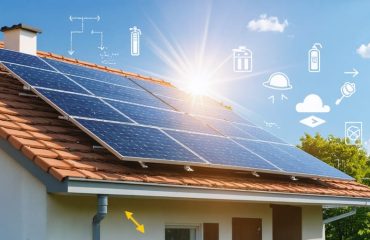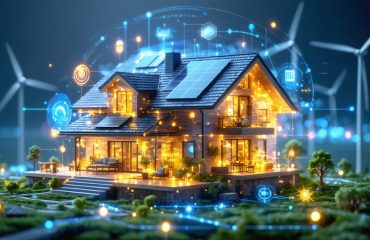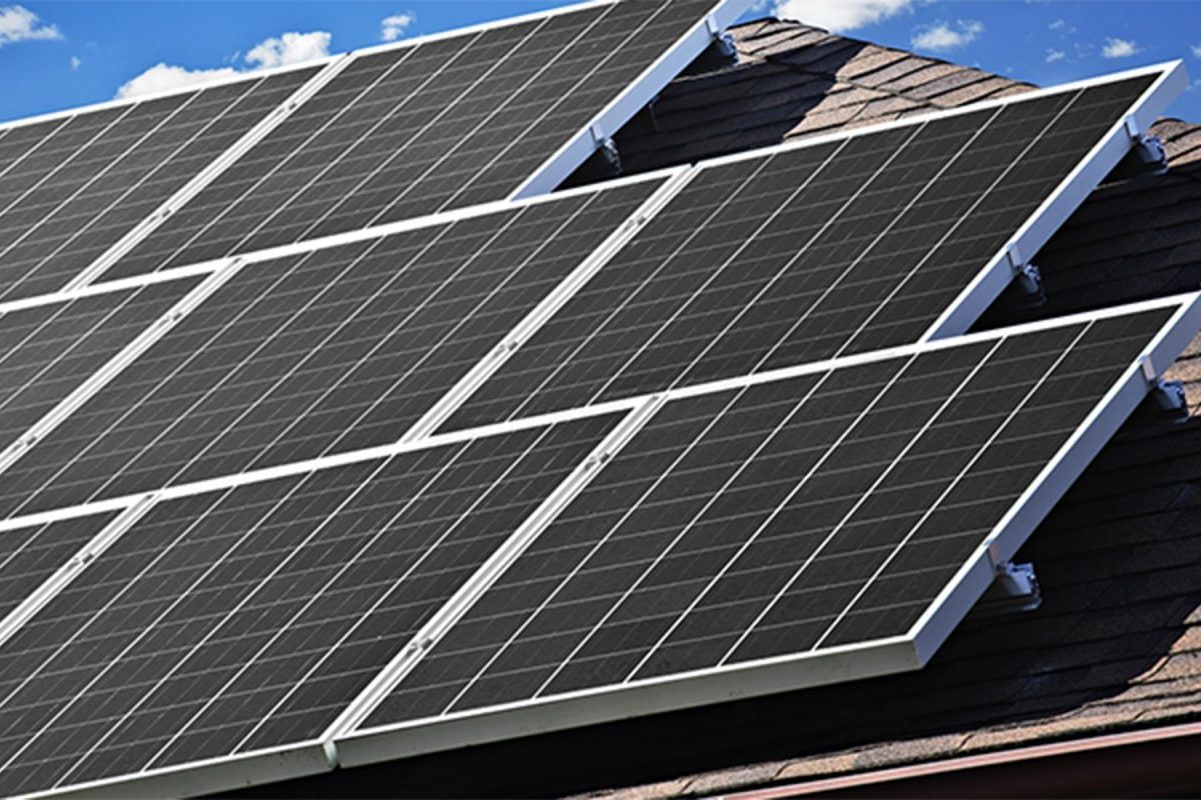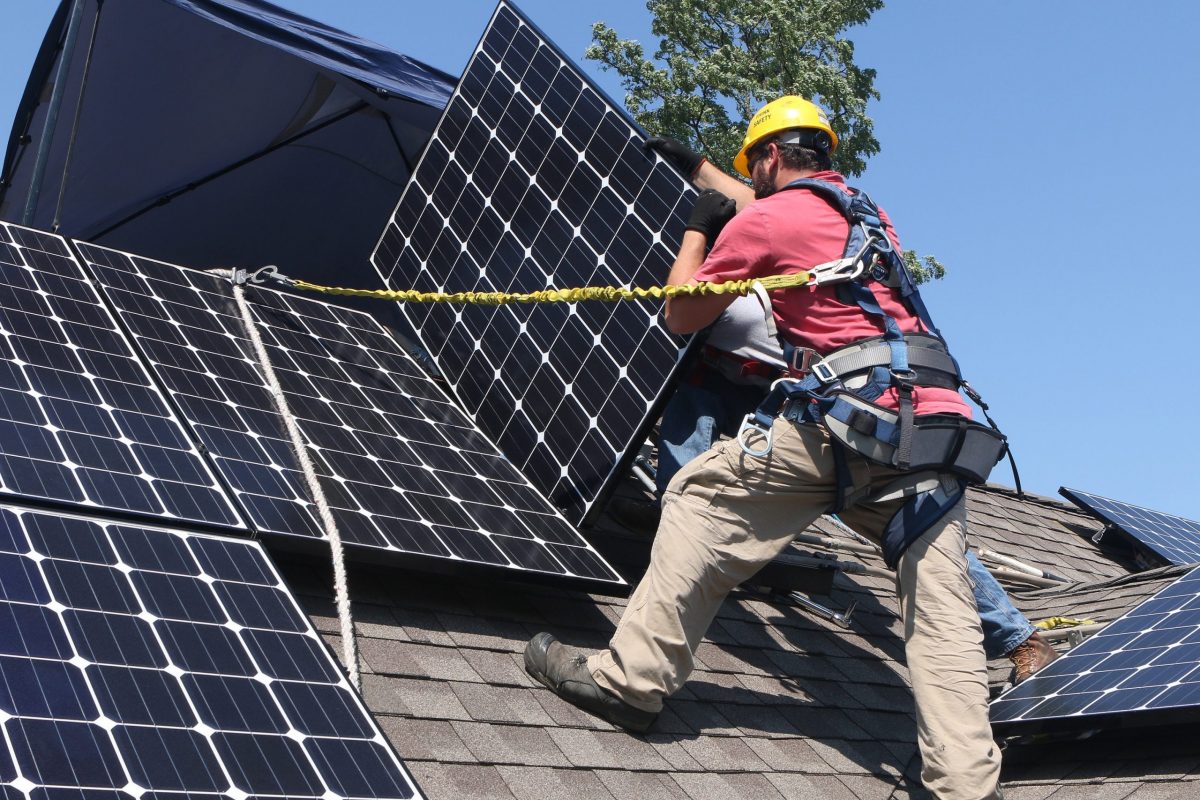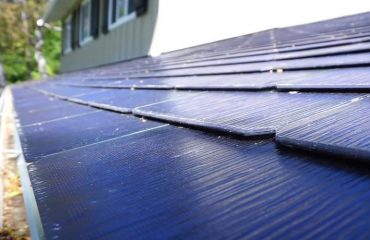Safeguard your solar panel system against devastating power surges with robust protection devices specifically designed for photovoltaic installations. Installing surge protectors at key points – including DC circuits, AC outputs, and communication lines – helps protect your solar investment from lightning strikes, grid fluctuations, and other electrical anomalies. Modern solar installations represent a significant financial commitment, typically ranging from $15,000 to $25,000 for residential systems. Without proper surge protection, a single lightning strike or power surge can damage expensive inverters, monitoring equipment, and even the panels themselves. Implementing a comprehensive surge protection strategy not only preserves your system’s performance but also extends its lifespan, ensuring optimal energy production and maximum return on investment for decades to come.
Why Your Solar System Needs Surge Protection
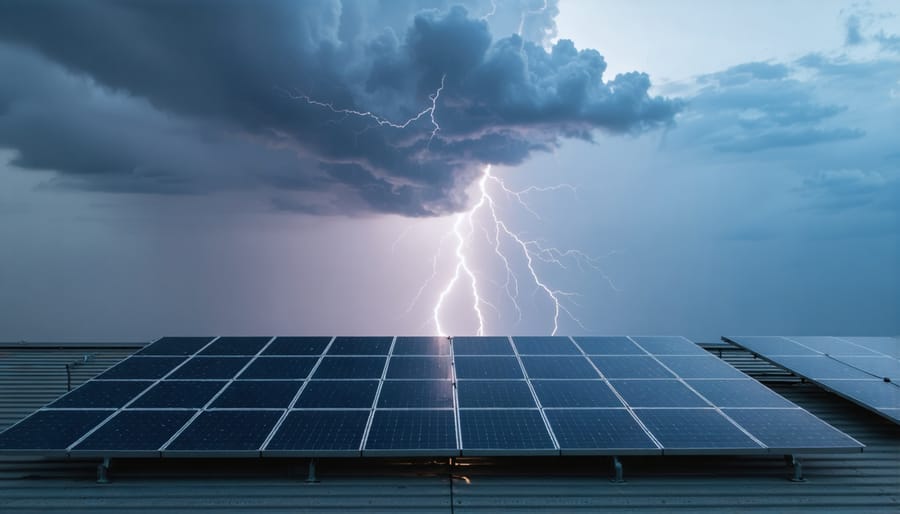
Natural vs. Man-Made Surge Sources
Solar panel systems face two main categories of surge threats. Natural surge threats include lightning strikes, solar flares, and electromagnetic pulses from storms. These events can send powerful surges through your system, potentially damaging sensitive components. While less dramatic, man-made surges actually occur more frequently and can be equally harmful. These typically come from utility grid fluctuations, power outages followed by restoration, or switching operations in nearby industrial facilities. Even household appliances cycling on and off can create minor surges that, over time, degrade your solar equipment’s performance. Both types of surges can impact your system’s efficiency and lifespan, making proper protection essential for maintaining your solar investment. Understanding these sources helps you choose the right surge protection devices and installation methods for your specific situation.
The Real Cost of Surge Damage
When lightning strikes or power surges occur, the financial impact on unprotected solar systems can be substantial. A single surge event can damage expensive inverters, which typically cost between $1,000 and $3,000 to replace. Solar panels themselves might need replacement, adding another $200-400 per panel to your repair costs. Beyond the immediate equipment expenses, system downtime means lost energy production and higher utility bills while repairs are made.
Most repairs require professional technicians, who may have waiting lists during peak seasons, extending your system’s downtime. Insurance claims can be complex and time-consuming, potentially leading to out-of-pocket expenses. Additionally, repeated surge damage can reduce your system’s overall lifespan and efficiency, diminishing your long-term energy savings.
Investing in quality surge protection typically costs a fraction of potential repair expenses while providing peace of mind and system longevity.
Essential Components of Solar Surge Protection
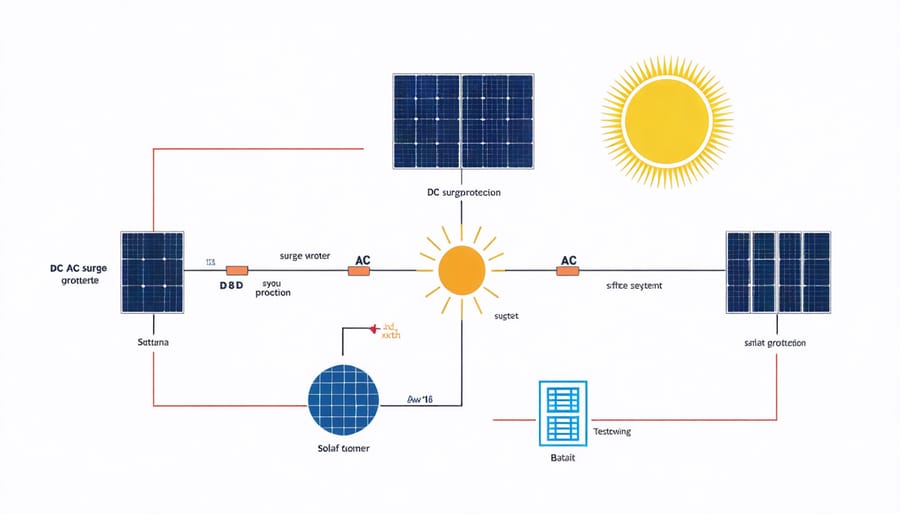
DC Side Protection
The DC side of your solar panel system requires dedicated protection to safeguard your valuable solar panels and other DC components from power surges. Type 2 surge protection devices (SPDs) are typically installed between your solar panels and the inverter to intercept any dangerous voltage spikes before they can cause damage.
These protective devices should be installed as close to your solar panels as possible, usually within the DC combiner box. For maximum protection, consider installing SPDs both near the panels and at the inverter input. This dual-protection approach creates a robust defense against surges coming from either direction.
When selecting DC surge protection, ensure the devices are rated for your system’s maximum voltage and current. Most residential solar installations use 600V or 1000V DC SPDs, but always verify your specific system requirements. It’s also important to choose devices with thermal disconnection features that safely disconnect when they reach the end of their service life.
For optimal protection, these devices should be regularly inspected and replaced according to manufacturer recommendations, typically every 5-10 years or after significant surge events.
AC Side Protection
The AC side of your solar system needs equally robust protection as the DC side, particularly where your inverter connects to your home’s electrical system and the utility grid. Installing AC surge protectors at your main electrical panel helps safeguard your inverter and household appliances from power surges coming from the grid. These devices typically include multiple protection modes and should be rated for at least 40kA of surge current capacity.
For maximum protection, consider installing a Type 1+2 surge protector at your main service panel and a Type 2 device at your inverter’s AC output. This two-stage approach creates a robust defense against both external and internal power surges. Look for surge protectors with indicator lights that show when protection is active and when the device needs replacement.
Remember to have a licensed electrician install these devices to ensure proper grounding and compliance with local electrical codes. Regular inspection of your AC surge protection devices, particularly after major storms, helps maintain their effectiveness and protects your solar investment.
Installing Surge Protection for Your Solar System
Professional Installation Requirements
While surge protection devices are readily available, professional installation is crucial for both safety and warranty protection. A qualified solar installer or licensed electrician should handle the installation to ensure compliance with National Electrical Code (NEC) requirements and local building codes.
The installation process typically involves integrating surge protection devices at multiple points: the DC side (between solar panels and inverter), the AC side (between inverter and main electrical panel), and the main service entrance. Installers must properly ground all components and verify compatibility with your existing solar system.
Professional installers will also perform essential tasks such as:
– Calculating proper voltage ratings and protection levels
– Ensuring correct wire sizing and routing
– Installing weatherproof enclosures for outdoor components
– Testing system functionality after installation
– Providing necessary documentation for warranty purposes
Many jurisdictions require permits and inspections for surge protection installations. Additionally, most manufacturers require professional installation to maintain device warranties. Working with certified professionals not only ensures safety but also helps maintain your solar system’s warranty and insurance coverage.
When selecting an installer, look for:
– Current electrical licensing
– Solar installation certification
– Experience with surge protection systems
– Knowledge of local codes and requirements
– Proper insurance coverage
Remember to keep all installation documentation and certificates for future reference and warranty claims.
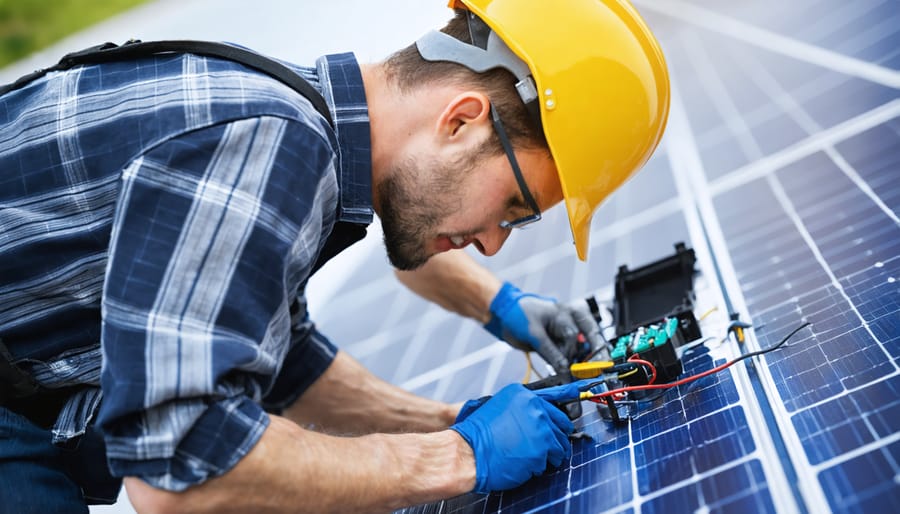
Maintenance and Monitoring
Regular maintenance and monitoring of your solar panel surge protection system is essential for ensuring long-term effectiveness. Start by visually inspecting your surge protection devices (SPDs) monthly for any signs of physical damage, discoloration, or LED indicators showing failure. Many modern SPDs come with status lights that make this check quick and simple.
Schedule professional inspections annually to verify that all components are functioning correctly. During these checks, a qualified technician can test the voltage protection levels and ensure all connections remain tight and corrosion-free. They can also confirm that your system’s grounding is still intact and effective.
After any significant electrical storm, perform a quick visual inspection of your SPDs. While surge protectors are designed to handle multiple events, they can wear down over time. If you notice any burnt smell, melted parts, or status lights indicating problems, contact your solar maintenance provider immediately.
Keep a maintenance log documenting all inspections, weather events, and any replacements. Most surge protectors have a lifespan of 5-7 years, but this can vary based on usage and environmental conditions. Planning for replacement before they reach end-of-life ensures continuous protection for your solar investment.
Consider installing surge protection monitoring systems that can alert you to failures or degradation in real-time, giving you peace of mind and allowing for prompt maintenance when needed.
Smart Investment: ROI of Solar Surge Protection
Investing in solar surge protection is one of the smartest decisions you can make to safeguard your solar panel system. When you consider the surge protection investment benefits, the numbers speak for themselves. A typical surge protection system costs between $300 and $800, which is minimal compared to replacing damaged solar equipment that could cost thousands.
Consider this: the average solar panel installation costs between $15,000 and $25,000. Without proper surge protection, a single lightning strike or power surge could damage not only your panels but also your inverter and other critical components. Replacing a damaged inverter alone can cost upwards of $2,000, not including installation and downtime losses.
The ROI becomes even more apparent when you factor in the protection of your ongoing energy savings. A well-maintained solar system can save homeowners $10,000 to $30,000 over its lifetime. Surge protection helps ensure these savings aren’t interrupted by unexpected damage, maintaining your system’s efficiency and longevity.
Most surge protectors last 5-10 years, providing continuous protection for a relatively small upfront cost. When you break down the annual cost, you’re looking at roughly $50-100 per year for peace of mind and equipment protection. Additionally, many homeowner’s insurance policies offer reduced premiums when surge protection is installed, adding another layer of financial benefit.
Smart solar investors understand that protecting their system isn’t just about preventing damage – it’s about ensuring consistent energy production and maintaining the value of their investment for years to come.
Protecting your solar panel investment with proper surge protection is not just an option – it’s a necessity for long-term system reliability and performance. As we’ve explored, surge protectors act as your solar system’s first line of defense against damaging electrical surges, whether from lightning strikes or utility grid fluctuations.
By installing quality surge protection devices at key points in your solar setup, you’re safeguarding expensive equipment and ensuring consistent energy production. Remember to choose devices rated for solar applications, have them professionally installed, and maintain them according to manufacturer recommendations.
Don’t wait for a damaging surge to highlight the importance of protection. Take action now to shield your solar investment. Consult with a qualified solar installer about adding or upgrading surge protection to your system. The modest upfront cost of surge protection is minimal compared to the potential expense of replacing damaged equipment or dealing with system downtime.
Make surge protection an integral part of your solar system’s safety strategy, and enjoy peace of mind knowing your clean energy investment is well-protected for years to come.

